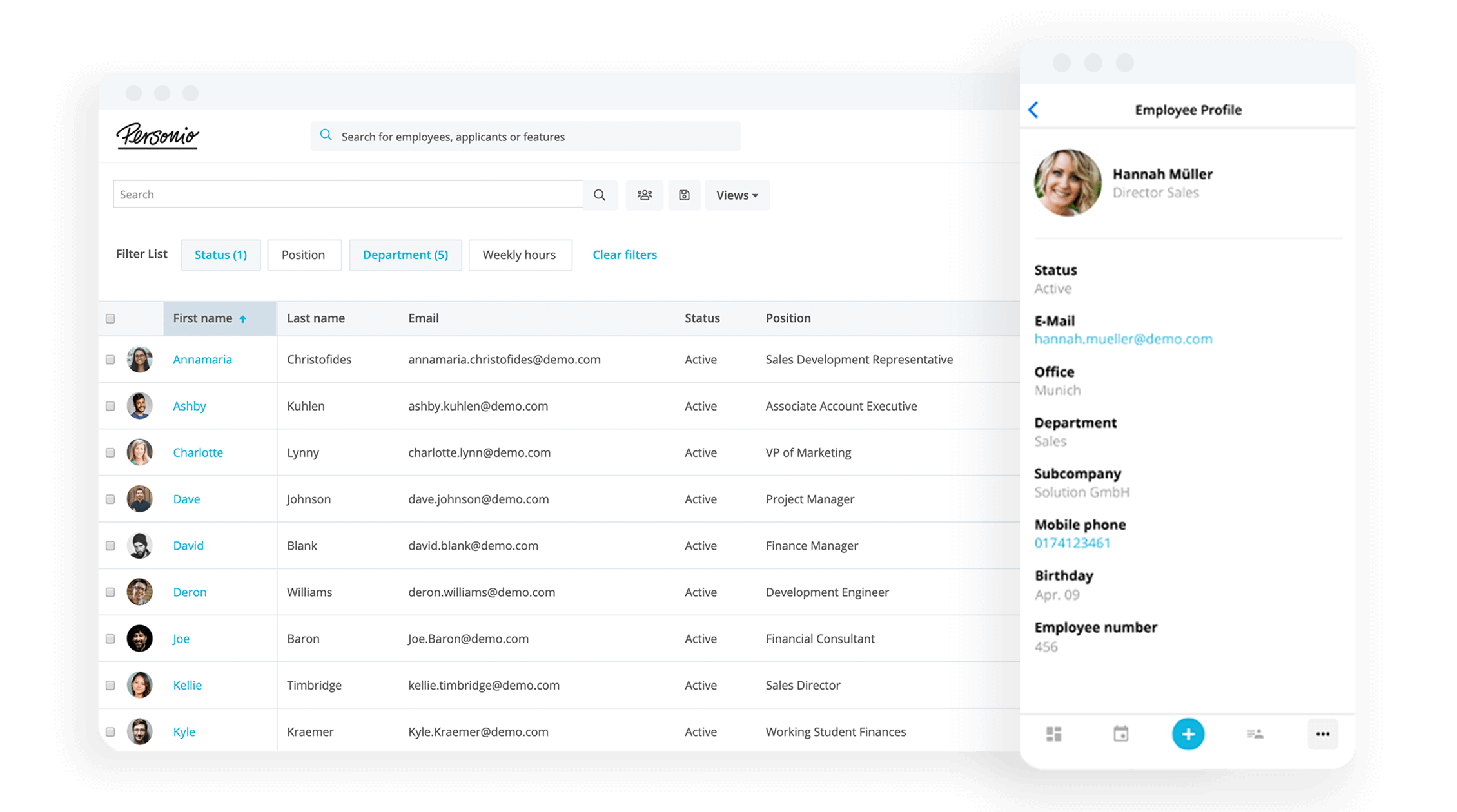Do You Have a Hybrid Work Policy in Place?
Every organisation needs a hybrid work policy. Even if your organisation works from the office 99% of the time, you likely need some kind of guardrails to help guide employees who want to work flexibly or remotely.
Managing the balance between the office and working from home is tricky, but it can be done. In this guide, we want to help you develop a hybrid working policy that works for more modern organisations.
Ready to focus on every element of employee experience? Download our guide.
What is a Hybrid Work Schedule?
A hybrid work schedule is a working arrangement where employees work both from the office and remotely, typically from home. A typical hybrid work schedule would have employees come to the office two days a week and then work remotely, usually from home, for the remaining three days of the week.
Hybrid work schedules can be fine-tuned from company to company. It doesn’t have to be a two-days-in-office, three-days-at-home arrangement. A hybrid work schedule may even change from employee to employee (taking their roles into consideration), from industry to industry and from organisation to organisation.
Some companies will have employees come to the office four days a week while others will have them come only on “Meeting Wednesdays.” There’s quite a lot of flexibility when it comes to a hybrid working schedule.
Is the Future of Work Truly Hybrid?
The Office of National Statistics (ONS) stated that only 5% of the UK workforce worked remotely before the pandemic. That number rose to 44% in post-pandemic times.
The pandemic forced companies to start looking at jobs that could be done from home and allowing employees to work remotely. This was done to prevent businesses from stopping their operations during the pandemic area.
However, even after the pandemic ended, remote work has not.
According to research from McKinsey, 52% of employees would prefer to have a hybrid working arrangement. That same study additionally showed that most employees want to work from home for three days of the week.
A hybrid work arrangement is not only beneficial for employees. Employers can save on office space, reduce absence rates and provide greater levels of job satisfaction to their employees, thereby reducing turnover.
Employers can also use hybrid work policies to attract the talent of the future. Organisations that don’t provide hybrid work to their employees can risk higher turnover rates and reduced employee engagement.
Half a decade of insights on employee experience

Our "People Manual" covers all things related to employee experience and developing initiatives that result in more engaged employees. Grab your free copy right now.
Download It TodayElements of a Successful Hybrid Work Policy
There are two main elements that companies need to implement in order to have a successful hybrid work policy.
Transparency
When it comes to transparency, there are three points that companies need to get right:
Expectations and guidelines. When transitioning into hybrid work, employers will have to set the right expectations and guidelines for their employees. How do employees approach their managers to ask for a hybrid work arrangement? What days can they work remotely? Which roles have what kind of arrangement? All of these questions should be answered in a clear manner and presented to the employees through company guidelines.
When should employees be in the office? If employees can work remotely for two days a week, which days should those be? There needs to be clarity about when the employees are expected to come to the office. If there’s a company-wide meeting every Wednesday, do the employees have to be in the office on Wednesdays?
Policy in the handbook. No matter what the hybrid work policy is in the organisation, the employees will need to know about it. That’s why the company should have a hybrid work policy in its employee handbook.
Communication
When implementing a hybrid work schedule, employers will have to ensure that they have clear and deliberate communication with their employees who are working remotely.
When employees aren’t on-site, it’s better to over-communicate tasks, goals and objectives to ensure everyone’s on the same page.
Poor information flow can cause knowledge gaps and create barriers to effective team working. This can negatively impact productivity and team efficiency.
Meetings should be held online with additional face-to-face meetings when necessary (once a month as a principal). Even though online meetings can’t completely replace face-to-face meetings, they can still have a great effect in putting everyone on the same page and ensuring that all team members have clarity about their work (and roles).
Don’t be afraid to use technology to achieve this within your team; use tools like Slack to communicate with your team members and video calls to cover topics in-depth.
Tips to Implement a Hybrid Policy
Implementing a hybrid work policy in the workplace can be a difficult task. So we’re sharing the following five tips that can make that process easier for you:
Use a handbook for your hybrid policy. Take your hybrid work policy and put it in the employee handbook so all employees can get the relevant information.
Implement training plans for your managers. Train your line managers so they can make a successful shift from in-office leading to remote leading.
Establish the right KPIs. Use the right metrics to ensure your team members are doing productive work when working remotely.
Get feedback. Ask for input from your managers and employees when creating a hybrid working policy.
Iterate along the way. Make changes along the way that will improve the process.
Frequently Asked Questions About Hybrid Work Policy
What Is Hybrid Vs Remote Work?
Hybrid work is an arrangement where employees work partially from home and partially from the office. Employees who are working remotely don’t have to come to the office while hybrid work policy employees have to come to the office on specific days.
Are Hybrid Workers Happier?
52% of employees would love to have a hybrid work arrangement, and this type of schedule increases their happiness and satisfaction levels.
What Is An Example Of A Hybrid Work Schedule?
An employee could be working in the office from Monday to Wednesday and then work remotely, usually from home, on Thursday and Friday.
Everything You Need To Implement A Hybrid Work Policy
Implementing a hybrid work policy in your company can be a challenging task. One of the first steps is offering a digitised HR system that can keep up with employee information, requests, recruiting, signing and more.
Personio can help. Our all-in-one HR software solution can help upgrade your people operations for now and the future – even when things, like hybrid work, change or are introduced. Book a demo with one of our experts and find out how you can optimise your HR work.
